#Etiquette of the Edwardian Era and La Belle Époque Courting
Text
Etiquette of the Edwardian Era and La Belle Époque: Courting
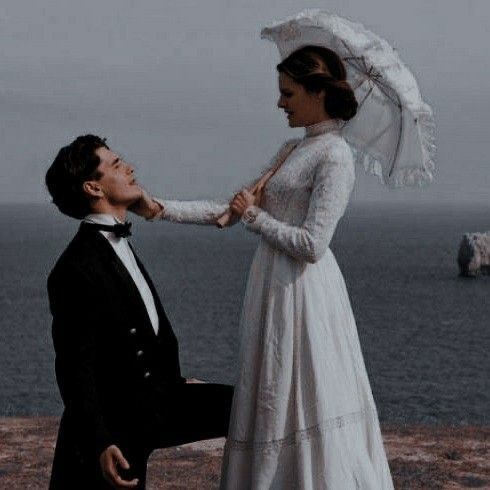
This is a new set of posts focusing on the period of time stretching from the late 19th century to the early 20th Century right up to the start of WWI. I'll be going through different aspects of life. This series can be linked to my Great House series as well as my Season post and Debutant post.
I get asked a lot about courting, what's acceptable or what's off limits and how one may woo a prospective spouse. So let's explore how to win the hand and heart.
Meeting (not so cute?)
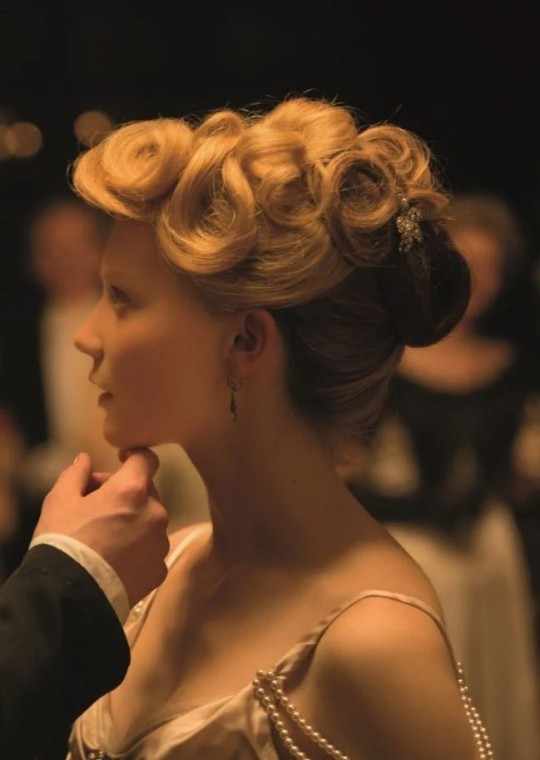
Firstly, it is really difficult to have a meet cute in the Edwardian era. Women and men are kept separate for most of the day, only really getting to meet at designated events: A dinner, a ball, a social event. Meeting in the park is a cute idea but a gentleman can't just approach a lady (or another gentleman) without being introduced by a third party, either a senior party or a mutual friend. However, an introduction at a ball is sort of like Cinderella's get up, it ceases to matter when the ball is over. Your gentleman must not approach a lady after that ball, he must be reintroduced. Once an introduction has been made, he can speak with her.
An Interest

When an introduction has gone satisfactory, a gentleman must make the first move by calling to her parents'/guardian's home and making a formal request to begin courting. Her parents/guardians must consent, usually leading to a short brief interview of the gentleman's family, his connections, his wealth (though in not so vulgar terms, they may inquire where he lives which is an indicator). The woman's opinion did matter, she could give her reasons for accepting or turning down the offer. When the interest is approved, the gentleman can start offering invitations.
Three's Company

Of course, just because the parents agree, doesn't mean the couple gets to be alone. The young lady will be accompanied by a chaperone either a lady's maid, a governess, her mother or another female relative. While the couple is together, the chaperone will always be a few steps behind or have them in sight. She's there to ensure that nothing more than a conversation happens. This is not only for her young lady's reputation but also to save the man from any claims of impropriety. The chaperone also serves as a sort of spy, gauging whether this relationship is worth pursuing.
Activities & Tokens
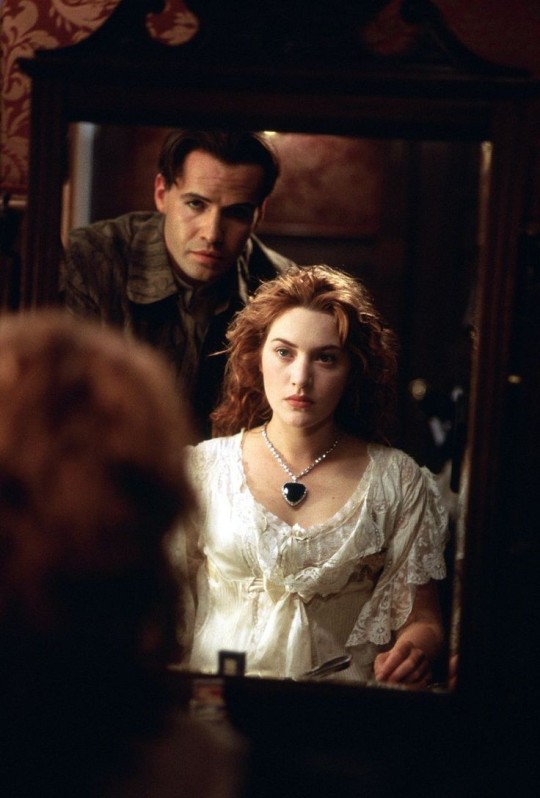
A gentleman may invite a lady out to lots of different activities. He can invite her for a promenade at a local park or gardens, out the theatre, visit her at home, invite her to galleries, to balls or to be his companion at sporting events such as the races, tennis matches or boat races. When visiting in the house, the gentleman would be expected to speak with all the family, be polite and courteous. This is how the family guages his suitably. The gentleman must provide transportation and funds for any excursion. Gifts are to be refined as well. Expensive gifts are considered vulgar and will likely be turned down. Small gifts such as flowers, books, cakes are acceptable. Gifts aren't as important as the time spent together.
Rules of Engagement
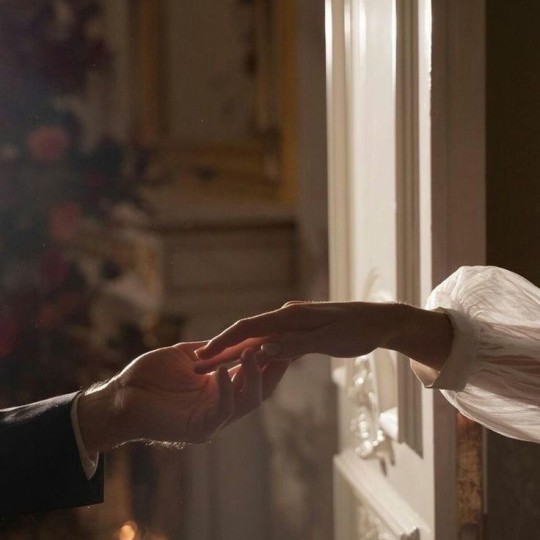
There are certain unspoken rules surrounding courtship that every gentlemen must follow for a successful courtship:
A gentleman should always pay attention to his lady, and not exclude her or cast her off for others
A gentleman never smokes in front of his lady nor forget to remove his hat.
A gentleman must always offer to refresh his lady on an excursion
A gentleman must defend his lady from any offense be it an insult or a scene unfit for her eyes or within an argument. Throwing in an apology for any offense can add a cherry on top.
However if she's the one giving offense, without any reason, the gentleman must seek to create peace, apologising on her behalf.
When walking, a lady will be placed in the inside of the pavement.
A gentleman should never spend above his means to impress his lady. Staying within his means is not only smart but a show of restraint and a glimpse of what life ought to be if they marry.
A gentleman should always offer his assistance when a lady is exiting a carriage or going up a flight of steps or carrying anything heavy.
If a man accompanies a woman to a ball, he's expected to dance with her on her first and last dances of the evening.
A gentleman must always make his intentions known and not string a lady along with no intention of marriage. He must never joke about his intentions or lead her on.
Marriage
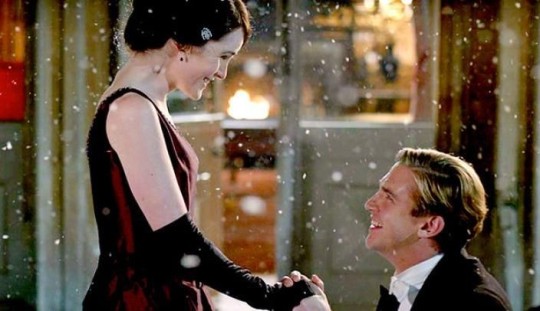
Courtship usually promises marriage which is why a gentleman or lady should not enter into courtship unless they would consider marriage. Courtship may last a few months or a few weeks and while it is going on, both sides should consider whether marriage would be a viable option of either of them. Parents/guardians would be consulted, the gentleman must make his intentions known to her father or nearest male relative before approaching the lady and popping the question. A courtship that doesn't end in marriage is seen as a failure and may damage the reputation of both parties, leading people to wonder what happened and who is to blame. For example is a perfectly eligible gentleman will not marry a perfectly eligible lady or she turns down his offer, people will usually leap to the conclusion that there is something lacking.
LGBTQIA+ Courting

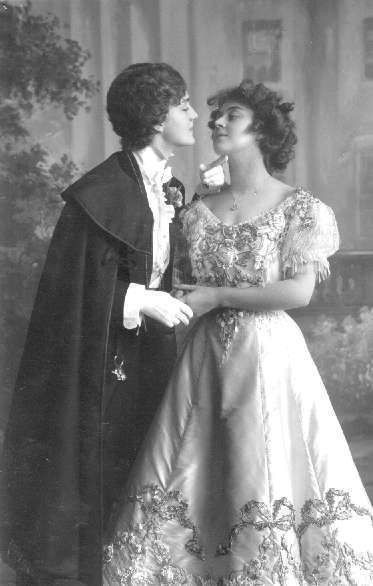
Gay people have always been here. They have courted and they have loved. Whilst it was illegal in this time in many parts of the world, love did prevail. (fun fact: lesbianism wasn't illegal because nobody wanted to explain what it was to Queen Victoria). The good thing to know is that courting whilst gay was likely easier in this period. Whilst there were restrictions and rules for straight couples and chaperones haunted their every step, none of this would happen if two people of the same gender stepped out together. Two gentleman going to the opera together or dining at a restaurant or attending a ball together (dancing in public was unlikely) or two ladies promenading in the park or attending a concert would not be examined like a courting couple. They would have more freedom to move around but of course, with legal impediments PDA was kept a minium. Whilst they wouldn't be allowed to marry legally, there was little stopping couples from moving in together. Nobody would say much about two spinsters sharing a home or two bachelors crashing together
#Etiquette of the Edwardian Era and La Belle Époque Courting#Courting#Courtship#The Edwardian Era#belle epoque#The gilded age#Edwardian#Etiquette#Fantasy Guide#Writing guide#Writing resources#Writing resource#Writer resource#Writer's resources#Writing reference#Writer reference#Writer's reference#writing#writeblr#writing resources#writing reference#writing advice#writer#spilled words#writers
686 notes
·
View notes
Text
Etiquette of the Edwardian Era and La Belle Époque: How to Dress
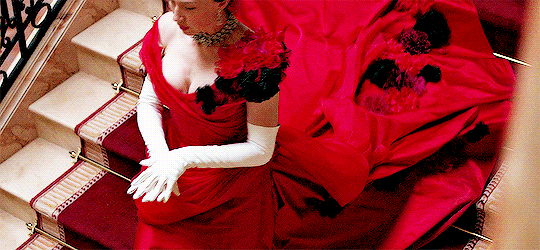
This is a new set of posts focusing on the period of time stretching from the late 19th century to the early 20th Century right up to the start of WWI.
I'll be going through different aspects of life. This series can be linked to my Great House series as well as my Season post and Debutant post.
Today will be focusing on the rules of clothes with this time period.
A Cut for Every Occasion
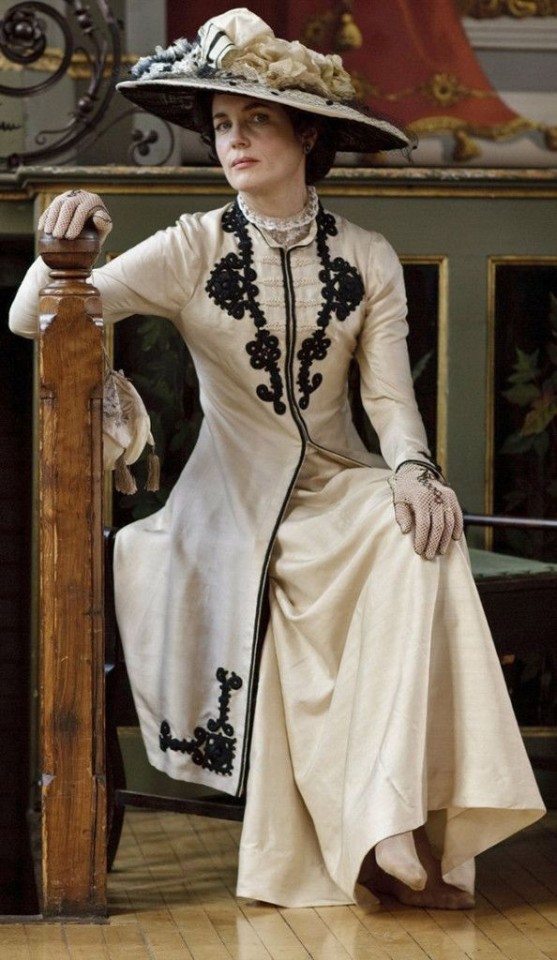
As you may know, the wealthy elite and their servants lived extremely regimented lives and every aspect was governed by careful rules. They would be expected to wear the right outfit at the right time, every minute of the day. Any misstep would be noticed at once and be subject to scruntiny.
In the circles of the elite, one would be expected to change for every occasion. One simply wouldn't wear the same outfit they've been lying around the house in to attend tea at somebody's house. Fashion in this era was dictated by the clock and by the event diary of the wearer.
Ladies

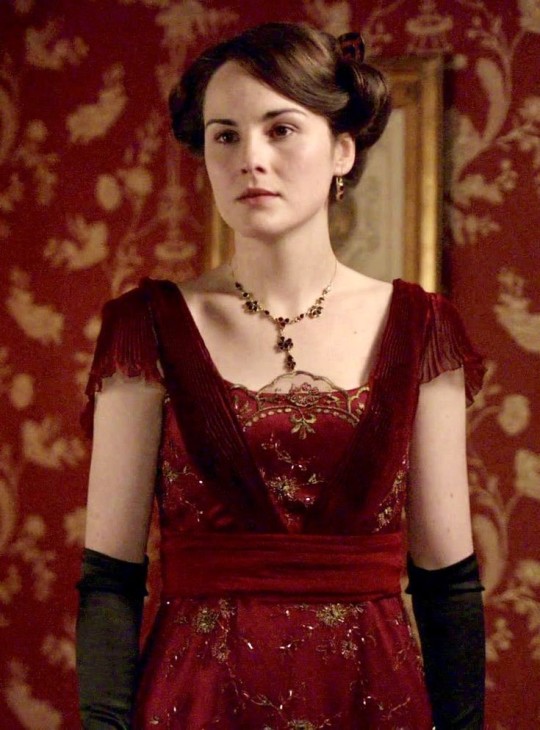
Women of the upperclass would be expected to change at least six times a day. When she would rise for a morning of repose around the house, she would simply wear a house gown or a simple blouse and skirt. If planning a morning stroll, she would change into a walking suit which is a combination of blouse, skirt and jacket along with her hat usually of tweed. If running errands or paying a visit to friends, she would wear another walking suit. If riding, she would wear a riding habit and a hat. If hosting tea or taking tea in her own home, she would change into a tea gown with is a lighter more airier gown more comfortable for chilling in. If attending a garden party, one wears a pastel or white formal day gown accompanied by a straw hat and gloves. For dinner, she would change into an evening gown which would be more elaborate and show off a little more skin than her day wear. After dinner and ready for bed, she would change into her nightgown.
Female servants had an easier time of it. A housekeeper and lady's maid would simply wear a solid black gown for the entire day. A cook and kitchen maids would wear a simple day dress for working with an apron. Housemaids would usually wear a print dress with an apron and cap, changing into the more formal black and white attire you would associate with a maid.
Gentlemen


The gentlemen had an easier time but they too were subject to changes throughout the day. Men were expected to wear a suit. The most popular day time suit was a sack suit. These were comprised of plain and loose fitting jackets, worn over a starched shirt with a high collar, waistcoat and straight trousers with ironed creases. These suits were exclusively wool with cheaper ones made of a wool and cotton blend. Grey, green, brown, navy were usual but sine younger men preferred louder colours such as purple which was a trend for a time in the 1910s. These suits were worn about the house or in the city accompanied by a coat. Men would change into tweed if shooting or walking. For garden parties, a gentleman would wear a light coloured suit, usually white and a straw hat. For dinner, a man had two choices: his tails or his dinner jacket. A dinner jacket was for less formal suppers say if dining at home. This was a collection of a jacket, trousers, waistcoat, a bow tie, a detachable wing-collar shirt and black shoes. Lapels of these jackets were edged with silk or satin. Tails were worn at a formal dinner party, at White Tie events. This was made up of a tailcoat, white piqué waistcoat, a starched dress shirt with a pique bib and standing wing collar with a white bow tie. Trousers were lined with trim to hide the seams.
Male servants were soared changing. Footmen would wear their livery around the clock which would resemble white tie to a certain extent or mimic court dress of palace servants. Butler's would wear a variation of a gentleman's evening suit throughout the day. When a male servant is dressed, he usually stays that way. However, a valet or a footman may be taken to pick up during shooting parties where they would wear tweed walking suits.
Jewellery
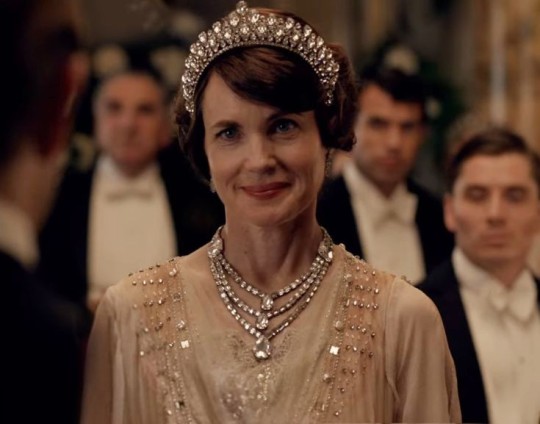
Jewellery was an important sign of status in society. Upperclass women of this time has access to untold caches of sparklers but there were rules concerning their use and meaning. Earrings were usually clip ons as women of high status would not pierce their ears. Simple, understated earrings were worn during the day with more ostentatious sets were worn in the evening time. Broaches were popular at this time, usually worn at the throat of a gown or blouse or walking suit or affixed on hats. Large stoned rings were worn over gloves while slender bands were worn under. Jewellery was intricate and understated amongst old money whole the nouveau riche went for chunkier stones and larger settings. Tiaras were only worn at White Tie events, held after six pm and almost never by unmarried girls. One would not wear a larger tiara than that most senior lady present. Men would wear tie pins, cufflinks and pocket watches to match any occasion be it for a jaunt on the town or at a formal evening party.
Hats
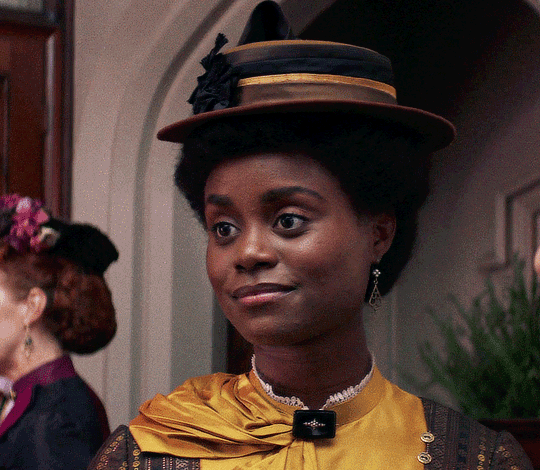
Hats were a staple in this period. Anybody respectable from any class wouldn't venture out of the door without a hat.
Men would wear hats when heading out but always remove them when entering a building, and never wear one without removing it for the presence of a lady. The bowler was seen as more a servant's headwear while a top hat was reserved for gentlemen. Flat caps would be only seen on gentlemen at shooting gatherings or in the country, they were popular among the common class for any informal occasion.
Women had more stricter rules concern hats. Hats for women were more a day accessory worn while out and about. A woman would not wear a hat in her own home even when entertaining and nor would any of the other female occupants if joining the gathering. A woman would not remove her hat when attending a luncheon or tea or any activity. Hats were held in place by a ribbon or sash tied under the chin or by a hat pin, which is essentially a large needle thrust through the hair. This was the period where women's hats became more ornate and rather large, leading to some critisism. Among servants, housekeepers and lady's maids would not wear a hat while indoors and working but a housemaid or cook or kitchen maid would cover their hair with a cap with housemaids changing into a more elaborate one come evening time. Male servants would not wear hats unless travelling or outdoors.
Gloves

Gloves are a staple in this period and worn only at the opportune time. Among servants, only footmen would wear gloves and usually only when serving. Butlers would never wear gloves. Female servants did not wear gloves.
Men did wear gloves, usually woollen or leather while outside or riding gloves when out on horseback.
Women wore gloves whenever outside. Day gloves were usually wrist length, with evening gloves stretching to the elbow. During dinner, evening gloves would be removed at the first course and laid across the lap, replaced at the last course when the ladies leave for tea and coffee after where the gloves are then removed again. Gloves are always worn when dancing and at the theatre or opera. If one is sitting in ones box and sampling some chocolate, one can remove their gloves for that.
Hair and Makeup
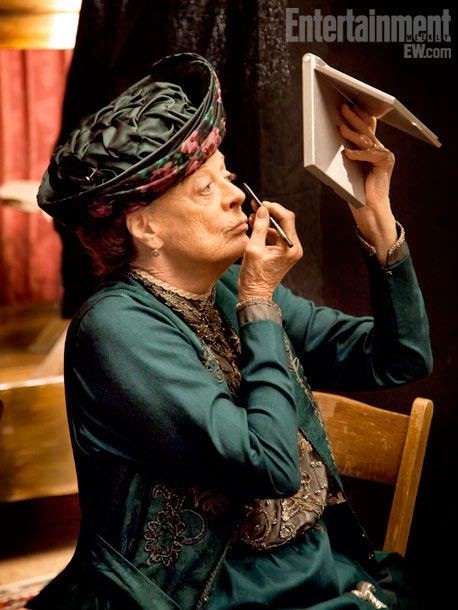
Make up was a no-no amongst the upper crust and for their servants in England and America, as it was seen as licentious but in France, the use of rouge was accepted. Perfume and cologne were acceptable but excessive use was frowned upon.
Hair was dressed by one's lady's maid. Bouffant updos were popular in this time period for married women. During the last years of this period, women began adopting the 'bob' but this was seen as radical and sometimes scandalous. Unmarried girls could wear their hair down, often with accessories like a bow to adorn their tresses. Servants would always tie up their hair and never be seen with it down or uncovered (though this depended on their job).
Men would comb their hair, slicking it back for dinner. Most men were clean shaven but if they wore beards, they were usually well groomed. Hair was kept short for grown men and teenagers but young boys may wear their hair longer whilst in the nursery.
#This bitch loooonnnnggg#Etiquette of the Edwardian Era and La Belle Époque series#Fantasy Guide#Early 20th Century#late 19th century#Great houses#writing#writeblr#writing resources#writing reference#writing advice#ask answered questions#writing advice writing resources#writers#Writing advice writing references#Writing references#Historical fiction#1900s#1890s#Fashion
577 notes
·
View notes